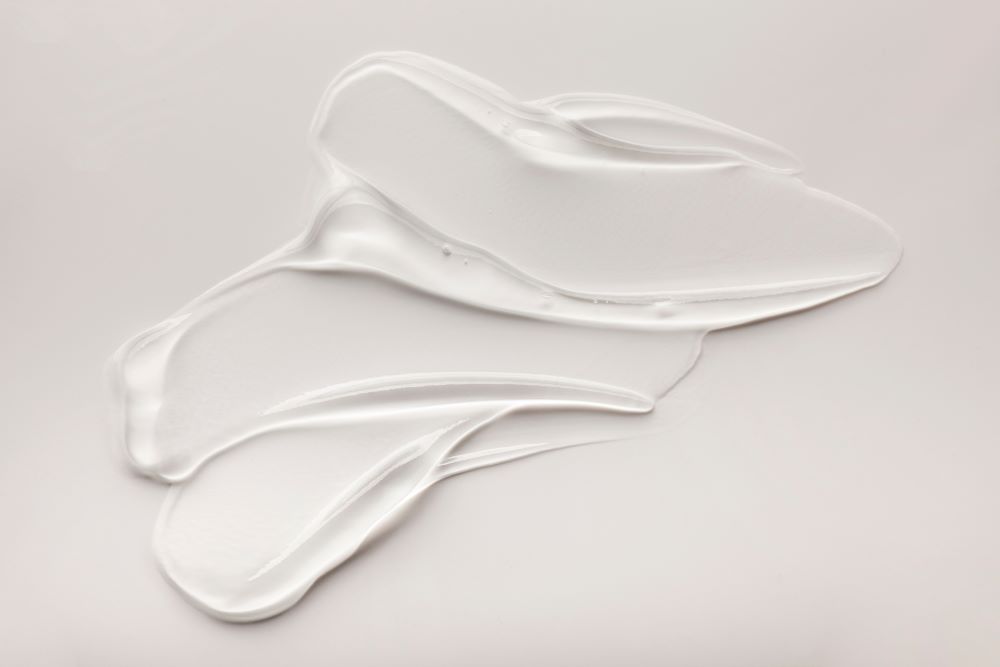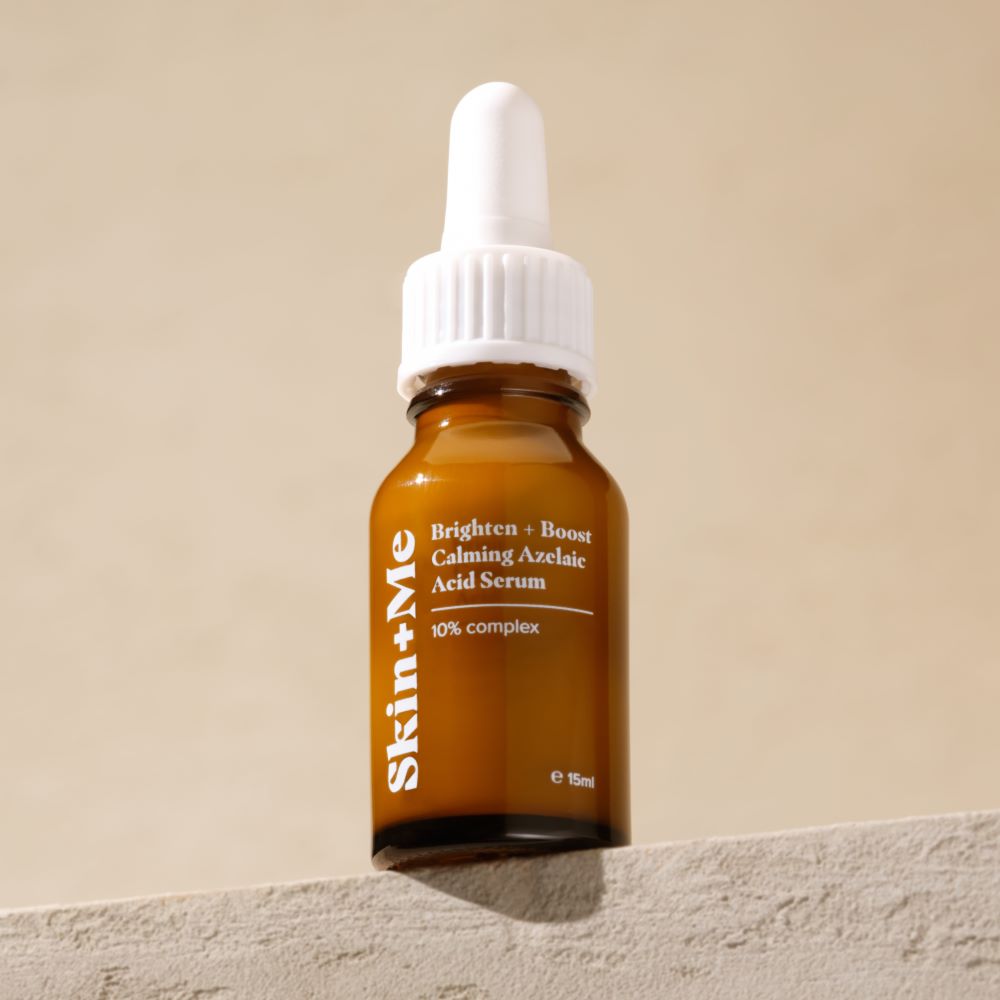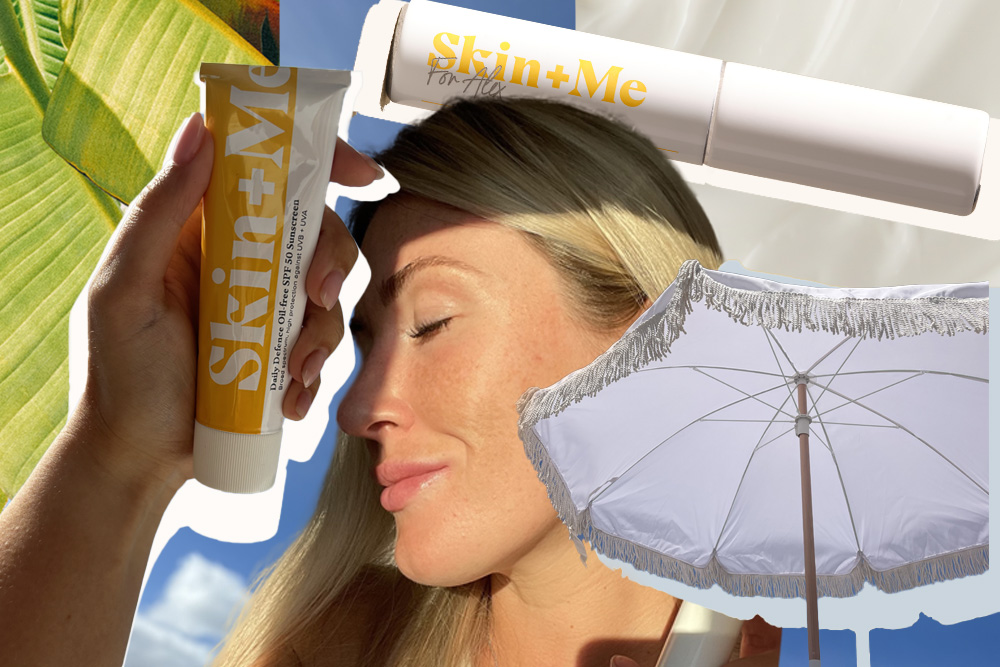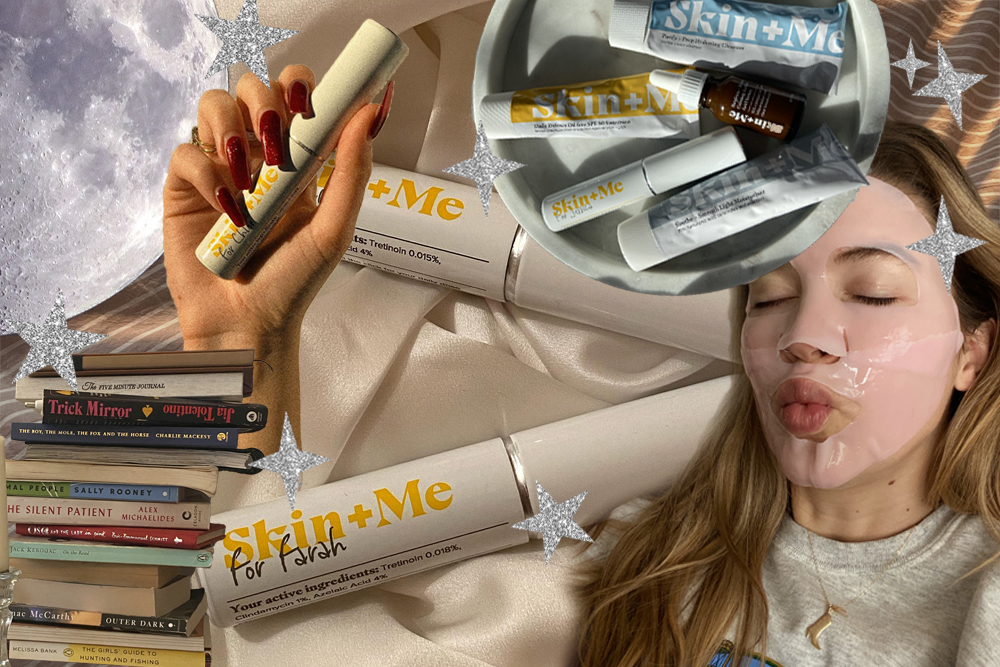Melasma 101

Link to share article here:
Ingredient Deep Dive: Azelaic Acid
We’re big fans of this superstar active here on The Dose, so with the launch of our brand new Brighten + Boost Calming Azelaic Acid Serum, we sat down with our expert Dermatology Team for the full breakdown of this derm-loved ingredient.
Want to give Brighten + Boost a try? If you’re an existing Skin + Me member, you can add the free trial to your subscription through your account. Can’t wait for the full size? Head to The Skincare Shop.
What is azelaic acid?
Azelaic acid is a naturally occurring substance produced by yeast. It’s also found in grains such as barley, wheat and rye. Our skin actually produces it, but only in tiny quantities.
It is an antioxidant with anti-bacterial properties, so it’s no mystery as to why it’s been used by dermatologists to treat a variety of skin issues for years.
You can find azelaic acid in a wide range of formulations, including moisturisers, gels and serums. Cosmetic formulations tend to contain azelaic acid at strengths up to 10%, whereas prescription will usually have higher strengths – up to 20%.
What are the benefits of azelaic acid?
“Azelaic acid is great for acne-prone skin, particularly those with sensitive skin who may struggle to tolerate retinoids,” Dr Ben explains.
Azelaic acid helps fight breakouts by unblocking the pores that have become blocked by oil, dirt, makeup and sunscreen. It’s a type of chemical exfoliant and is particularly effective at fighting spots. It can bring down that angry zit on your chin, as well as reduce redness caused by breakouts or rosacea.
“It’s extremely versatile,” says Dr Ben, “and can be used to treat spots, rosacea, pigmentation and improve skin tone.” We love a multi-tasker!
Azelaic acid also slows the production of melanin which can help fight the pigmentation caused by acne, melasma and sun damage. Want some more good news? It’s also safe to use in pregnancy, unlike tretinoin or hydroquinone.
Can I combine azelaic acid with other ingredients?
Yes! “Azelaic acid actually helps with the penetration of other active ingredients,” notes Dr Ben, “particularly when applied with or in combination with other actives.” It’s fine to use it in your morning (enter Brighten + Boost) and evening routines (enter Daily Doser), and is usually best applied directly after a gentle cleanse.
Azelaic acid on its own can cause some dryness and irritation, so it’s a good idea to slowly increase the frequency of application until your skin is used to it.
However, products that combine azelaic acid with other actives that make it easy to apply in a single application and can help alleviate any irritation. If your skin is particularly sensitive, Dr Ben advises “apply azelaic acid in the morning and use other actives at night.”
Our favourite azelaic acid combinations
AZELAIC ACID AND TRETINOIN
With expert guidance, using azelaic acid and a retinoid like tretinoin can positively amplify the effects of your treatment.
This is especially true when it comes to treating pigmentation, fading the early signs of ageing, and tackling excess sebum production associated with breakouts.
AZELAIC ACID AND PEPTIDES
Hello Brighten + Boost! Skin + Me’s brand new Calming Azelaic Acid Serum combines the multi-functional superpowers of azelaic acid with the targeted prowess of peptides.
This powerhouse combination is great for calming the spots and redness associated with rosacea or oily skin. It’s the ideal soothing skincare step in your morning routine.
AZELAIC ACID AND NIACINAMIDE
Niacinamide is another all-rounder that pairs really well with azelaic acid. Fighting unwanted pigmentation? Battling breakouts? Need to reduce rosacea? Azelaic acid and niacinamide is your go-to dynamic duo.

Can I use azelaic acid if I’m pregnant, trying to conceive or breastfeeding?
Yes! Azelaic acid is an effective ingredient for treating breakouts or pigmentation that is considered safe for pregnant women, making it a common alternative to tretinoin.
Can celiacs use azelaic acid?
Also yes! Despite being made from wheat, azelaic acid isn’t absorbed in high enough quantities to trigger a reaction for celiacs or those with gluten intolerance.
New to Skin + Me? Get your first month of personalised skincare for £4.99 with promo code DOSE – complete our quick consultation here.
Looking for a routine refresh? Add the Dream Routine to your Skin + Me subscription.
In need of a restock? Head to The Skincare Shop for one-off purchases of your Routine Essentials.



